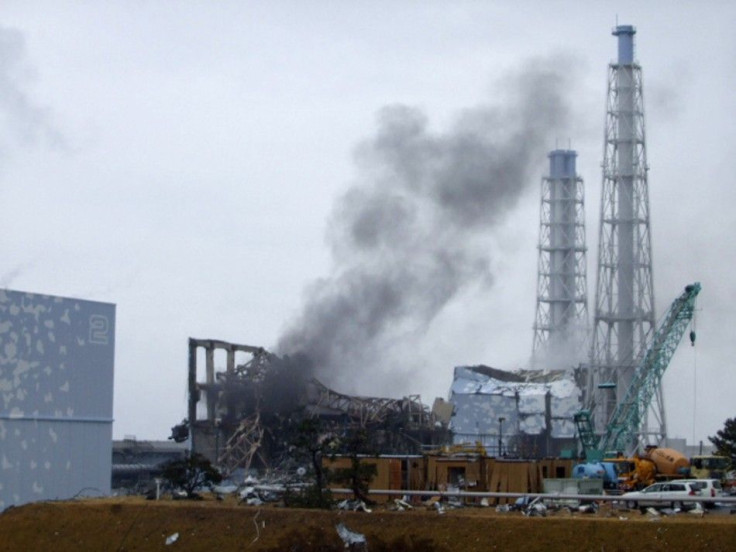Possible Breach In Fukushima Reactor

Reports are coming from Japan that one of the six reactors at the Fukushima Daiichi nuclear power plant may have suffered a breach to the reactor containment vessel, which would mean a much greater release of radiation than has happened so far.
If the reactor vessel was breached, it will be much harder to contain radioactive contaminants, as the radioactive steam inside the pressure vessel could leak into the air. If the reactor suffers a partial meltdown, liquefied nuclear fuel could also escape.
At a press conference on Friday morning (Japan time) Hidehiko Nishiyama, deputy director-general of the Japan Nuclear and Industrial Safety Agency, said when three workers entered the turbine building at the number 3 reactor, they stepped in to water that was highly radioactive. The workers suffered burns and were hospitalized. The water was 10,000 times more radioactive than it would normally be, according to Asahi Shinbun.
According to officials from Tokyo Electric Power Company and the Nuclear and Industrial Safety Agency, the water had 3.9 million becquerels of radioactive substances per cubic centimeter. So far the highest level of contamination in seawater near the plant was 3.21 becquerels per cubic centimeter. A becquerel (Bq) is a unit of radioactivity that measures the number of decay events per second.
Cobalt-60, iodine-131, cesium-137 and other substances which do not normally exist in cooling water, were detected, the officials said. The presence of cesium in particular, which is not usually present in the cooling water, suggests there was a leak in the reactor vessel. But it is also possible the contamination came from the spent fuel rods that are stored in the reactor buildings.
Reactor No. 3 uses mixed oxide, or MOX fuel, which is a mixture of uranium oxide and plutonium oxide, and is much more radioactive and toxic than traditional uranium oxide fuel. It is the only reactor at the plant that uses that type of fuel. The water may have been contaminated by the fuel rods, but some experts think that may not be the case, because the water near the reactor vessel is in a different building from the turbines.
The No. 3 reactor was damaged by a hydrogen explosion on March 14, after the cooling system failed. The cooling system at all six reactors was put out of action when a tsunami hit the power plant and flooded the room containing the generators that power the water pumps.
In an attempt to cool the reactors, TEPCO workers filled the cooling system with seawater. Seawater is corrosive, and may have contributed to leaks in the cooling system. There are several places where contaminated water could come from, officials said, and it is not clear where the water the workers were exposed to came from.
© Copyright IBTimes 2025. All rights reserved.





















